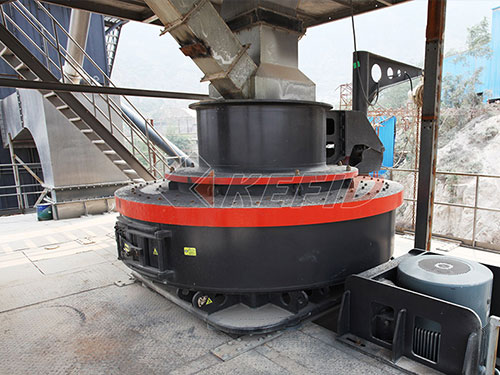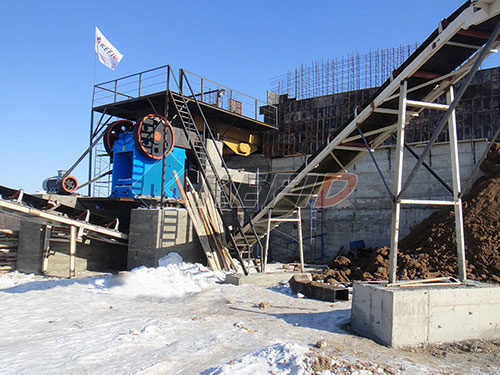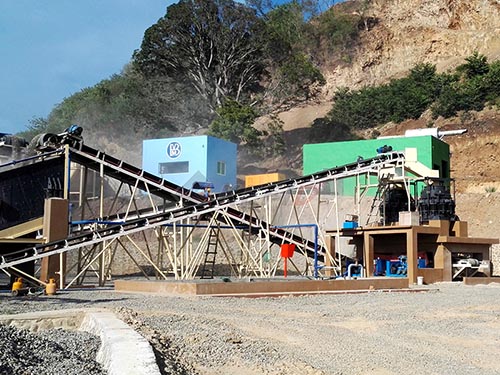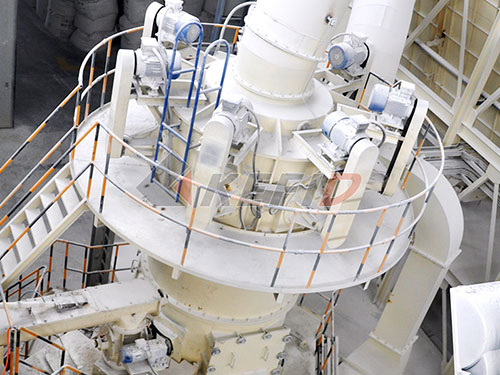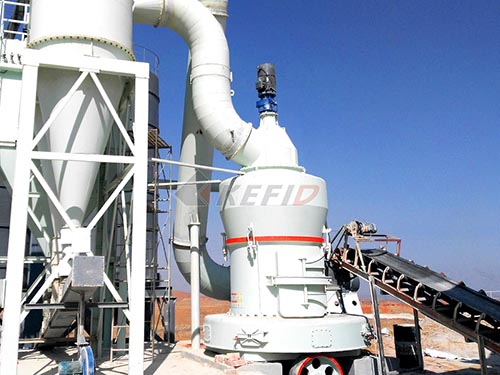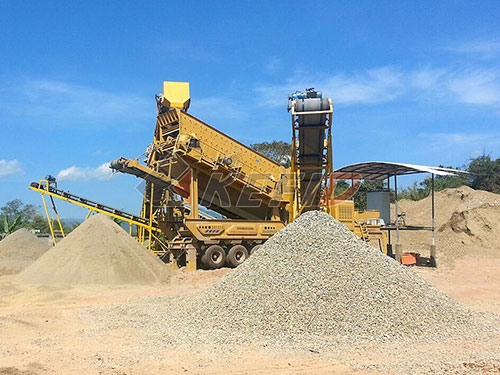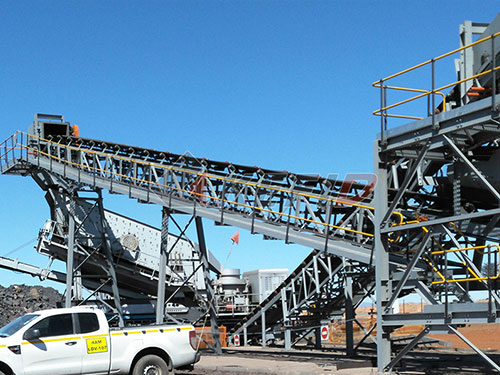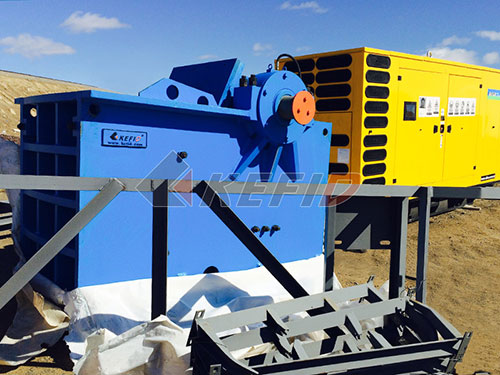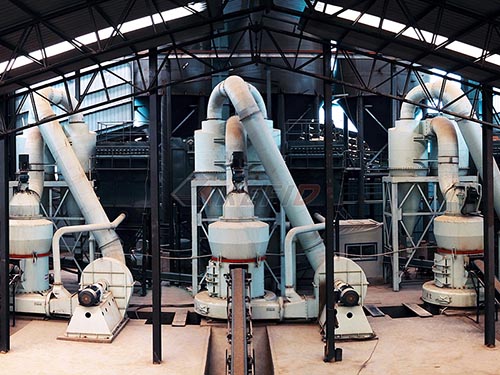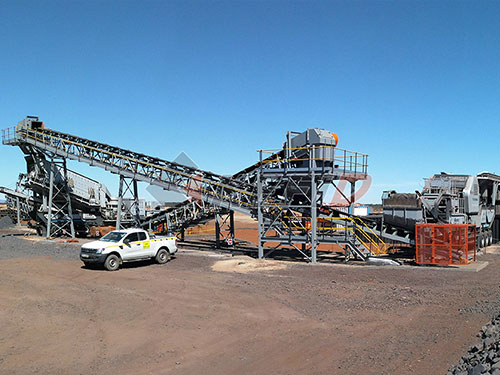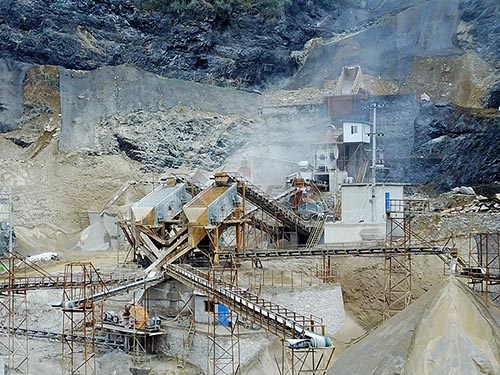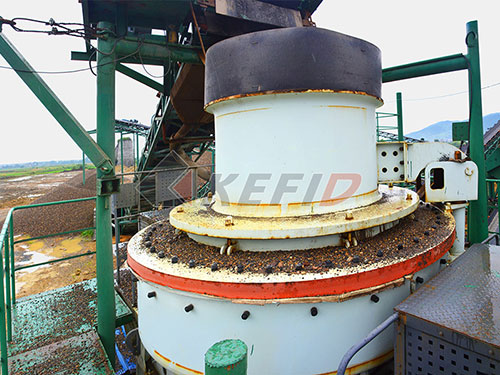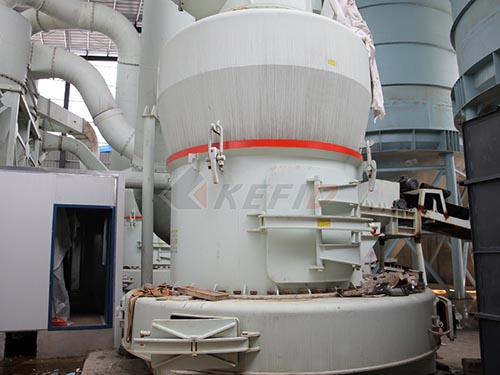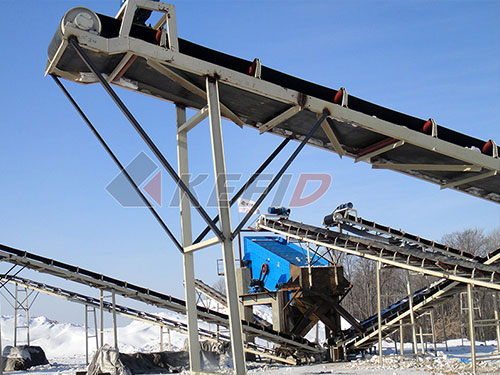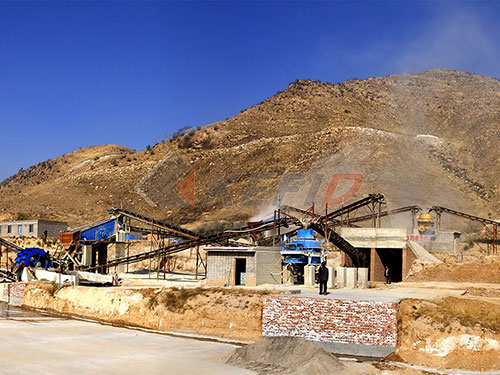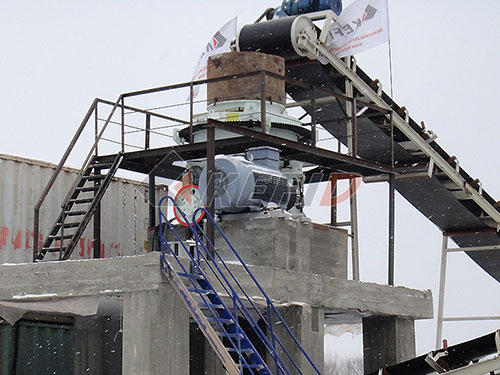The HPT Cone Crusher (High-Performance Hydraulic Cone Crusher) is an advanced crushing machine designed for high productivity, efficiency, and reliability in mining, quarrying, and aggregate production. It builds on the success of the HP series cone crushers but incorporates modern hydraulic and automation technologies.
Key Features of HPT Cone Crusher:
1. Advanced Hydraulic System
– Enables precise adjustment of the discharge opening and overload protection, ensuring stable operation even under varying load conditions.
2. High Crushing Efficiency
– Optimized cavity design and higher speed improve crushing performance, producing finer and more uniform end products.
3. Laminated Crushing Principle
– Uses a multi-layer crushing approach (rock-on-rock and rock-on-iron) to enhance particle shape and reduce wear on components.
4. Intelligent Automation
– Equipped with an automatic control system (e.g., PLC or touch-screen interface) for real-time monitoring, adjusting settings, and optimizing performance.
5. Robust Structure & Durability
– High-strength materials (e.g., alloy steel frame, manganese liners) ensure long service life under heavy-duty conditions.
6. Energy Efficiency
– Reduced power consumption compared to traditional cone crushers due to optimized kinematics and hydraulic system.
7. Easy Maintenance
– Modular design allows quick replacement of wear parts (mantle, concave), minimizing downtime.
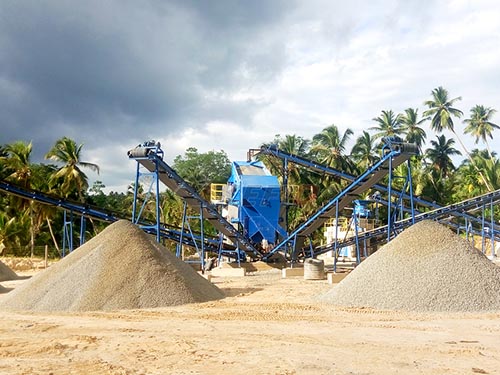
Applications:
– Secondary & tertiary crushing in mining (iron ore, copper, gold).
– Aggregate production for construction (road base, concrete).
– Recycling (demolition waste processing).
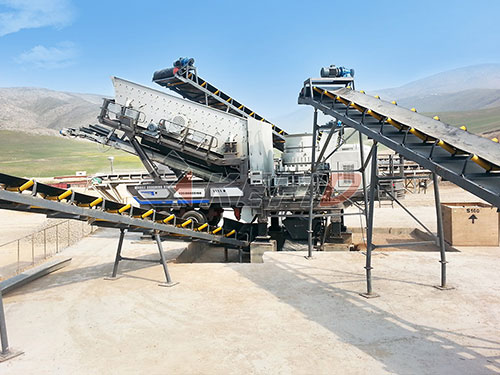
Technical Parameters (Example Model: HPT300):
| Parameter | Value |
|-|–|
| Max Feed Size | ≤230mm |
| Capacity | 120–580 t/h |
| Power | 315 kW |
| Discharge Range | 10–51mm (adjustable) |
Advantages Over Traditional Cone Crushers:
✔ Higher throughput with lower energy consumption.
✔ Better particle shape for downstream processes.
✔ Reduced maintenance costs due to durable components.
Would you like details on a specific model or operational tips?
